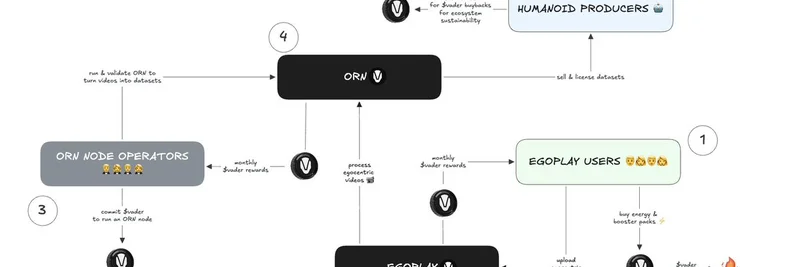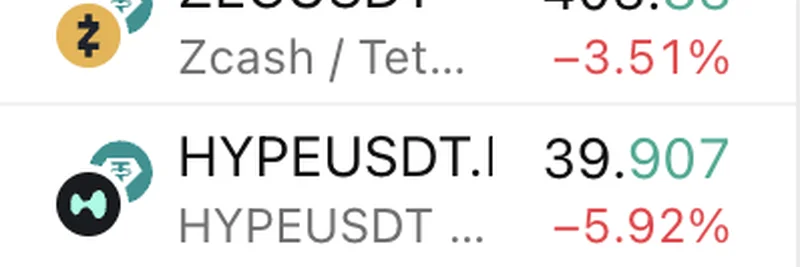The Buzz Around Phantom Fees and Telegram Bots
If you’ve been scrolling through X lately, you might have stumbled upon a hot take from Kyle (@0xkyle__) that’s got the crypto community buzzing. Posted earlier today at 10:07 UTC, Kyle pointed out something pretty interesting: people are complaining about "phantom fees" on perpetual futures (or "perps" for short) when just six months ago, they were happily paying a 1% fee on Telegram trading bots. It’s a classic case of selective memory in the fast-moving world of crypto trading!
What Are Phantom Fees?
Let’s break it down. Phantom, a popular crypto wallet, recently introduced support for perpetual futures—a type of contract that lets you bet on the price of a cryptocurrency without owning it. According to Phantom’s official site, these perps come with funding rates, which are periodic fees to keep the contract’s price aligned with the spot market. If you hold a position for a while, especially with high leverage, these fees can eat into your profits. Some traders are calling these "phantom fees" because they might not be immediately obvious in the user interface (UI), sparking debates about transparency.
The Telegram Bot Throwback
Now, let’s rewind six months. Back then, Telegram trading bots like SolTradingBot were all the rage, charging a flat 1% trading fee (with some exceptions for specific tokens like MYRO or BONK). These bots automated trades on decentralized exchanges (DEXs), making life easier for beginners. But that 1%? It was a cost many accepted without much fuss. Kyle’s point is that the crypto crowd seems to have forgotten this, now crying foul over Phantom’s fees.
Why the Double Standard?
So, why the outrage now? Mesh (@MeshClans) chimed in, suggesting that the crypto Twitter (CT) community has a short memory—paying 1% for a bot’s market buy was fine, but a UI-related fee on Phantom? That’s a different story. Others, like Ransoze (@TradeRansoze), just laughed it off with a 🤣, while CryptoAmsterdam (@damskotrades) argued that 1% on perps isn’t the same as 1% on bots due to differences in mechanics. Fair point—perps involve funding rates and leverage, while bot fees are more straightforward.
The Bigger Picture: Crypto Expectations
This thread highlights a broader trend. As katexbt (@katexbt) joked, many in crypto expect services for free and even dream of airdrops for minimal effort. With DEXs typically charging 0.1% to 0.5% according to Koinly, plus gas fees, the industry is full of hidden costs. Yet, the rise of zero-tax tokens like Little Pepe (LILPEPE) on Layer-2 blockchains shows traders are also seeking alternatives to dodge fees altogether.
What Does This Mean for Meme Token Traders?
For those of us at Meme Insider, this debate is a goldmine. Meme token enthusiasts often rely on bots or perps to ride the hype of coins like Dogecoin or Shiba Inu. Understanding fee structures—whether it’s Phantom’s funding rates or Telegram’s 1%—can make or break your strategy. Are you better off with a bot’s simplicity or Phantom’s pro-level perps? It depends on your trading style and risk tolerance.
Final Thoughts
Kyle’s tweet has sparked a fun yet insightful conversation about crypto trading costs. Whether it’s phantom fees or bot charges, the key is awareness. Keep an eye on funding rates, compare fees across platforms, and don’t let short-term memory loss trip you up! What do you think—are Phantom’s fees a dealbreaker, or just part of the game? Drop your thoughts in the comments below!


